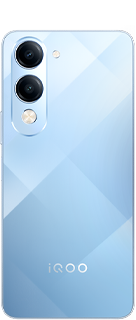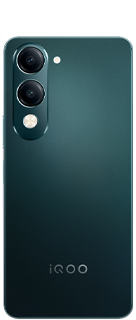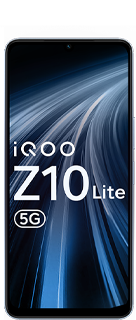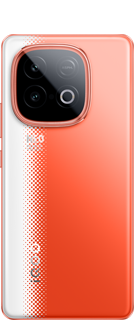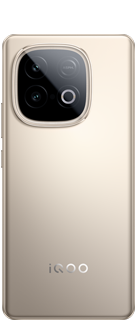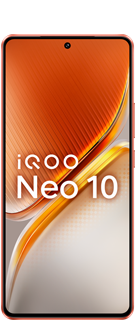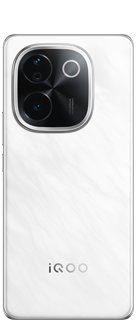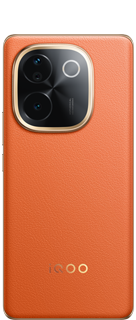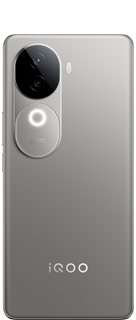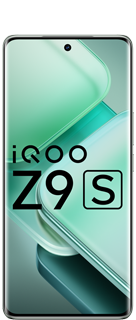Part# 2 -: The World of Smartwatches shaping our future....
In Part# 1, we explore the benefits of smartwatches in our Lifestyles. Now we know the future of that.
🔸🔸🔸🔸🔸🔸🔸🔸🔸🔸🔸🔸🔸🔸🔸🔸🔸
Welcome to a new world where anything you wear can become a utility item. In this regard, we have seen some innovative products across the markets in areas like health, entertainment, gaming and fitness. Especially in the world of fashion, items like watches, bracelets and rings are now designed to track health as well as enable other benefits.

Wearable technology encompasses any kind of electronic device that is designed to serve a purpose on a user’s body. Such technology can be integrated into smart rings, glasses, clothing, earphones, medical wearables, smart helmets and biosensors.
Wearable technology functions by integrating microprocessors, batteries and internet connectivity to the product so the collected data can be synced to other electronics. While most wearables are worn on one’s body, some can function remotely. The purpose is the same. These devices monitor data in real time. Some of the most sophisticated examples of wearable technology I have seen include AI hearing aids and smart glasses.
The Future
The future of smart wearable technology is mostly linked with interconnectivity among devices and the ability to sync data between wearables and mobile phones. Energy harvesting is another big domain, and it pertains to converting body heat, movement or solar energy into power. Innovative companies like Epeas are working on ambient energy harvesting, processing and sensing solutions in order to make wireless devices that do not need to be actively charged. Another innovation that Facebook is working on is non-invasive sensors that will allow hands-free typing using your brain activity.

Some potential directions and advancements in the smartwatch industry based on existing trends and technologies. Here are some possibilities for the future of smartwatches:
Improved health monitoring:
Smartwatches are likely to see significant advancements in health monitoring capabilities. With ongoing research and development, we may see more accurate sensors and additional health-related features. This could include monitoring blood sugar levels for diabetics, detecting early signs of illnesses, and offering personalized health recommendations based on collected data.
Flexible and foldable displays:
The development of flexible and foldable display technology may allow smartwatch manufacturers to create devices with larger, more versatile screens. This would enable better user interfaces, increased screen real estate, and a more seamless user experience.

Longer battery life:
One of the challenges for smartwatches has been battery life. As battery technology improves and manufacturers optimize power consumption, we can expect future smartwatches to have longer-lasting batteries, reducing the need for frequent charging.
Enhanced AI and personalization:
Smartwatches may leverage AI capabilities to provide even more personalized experiences. The devices could learn from users' habits, preferences, and health data to offer tailored suggestions and recommendations in various aspects of life.

Connectivity and integration:
Smartwatches may become more integrated with other devices and services, seamlessly connecting with smartphones, tablets, smart home devices, and even cars. This integration could lead to a more cohesive and interconnected smart ecosystem.
Augmented reality (AR) features:
As AR technology advances, smartwatches might incorporate AR elements to enhance user interactions and provide information in a more immersive and context-aware manner.
Independent cellular connectivity:
Some smartwatches already have standalone cellular connectivity, but this feature could become more prevalent in the future, enabling users to make calls, send messages, and access the internet directly from their watches without relying on a paired smartphone.
Environmental and health sensors:
Future smartwatches may include sensors to measure air quality, UV radiation, and other environmental factors, providing wearers with real-time information about their surroundings.
Biometric authentication:
Advanced biometric technologies such as fingerprint recognition or vein pattern recognition could be integrated into smartwatches to enhance security and make them more secure than traditional passwords or PIN codes.

Fashion and design:
Smartwatches will likely continue to evolve in terms of aesthetics, with more emphasis on design, materials, and customization options, making them even more fashionable accessories.
Overall, we are moving fast from the first prototypes invented 50 years ago to a world where an XR or haptic device may become a part of your everyday life. Generations Z and Alpha already spend much of their time in the virtual world. I think the time has come for all companies to join them there and continue working on sophisticating the hybrid and the physical user experience.
Signing off
rb🤠
🗣️ If You Like it !! Do Share your thoughts in the comments below & Follow Me for More Such Things..
Just Tap to "FOLLOW" @@rohit🤹 🤘
#iQOO Connect
#rohit4u_1983 ( Insta Id)
Please sign in
Login and share




